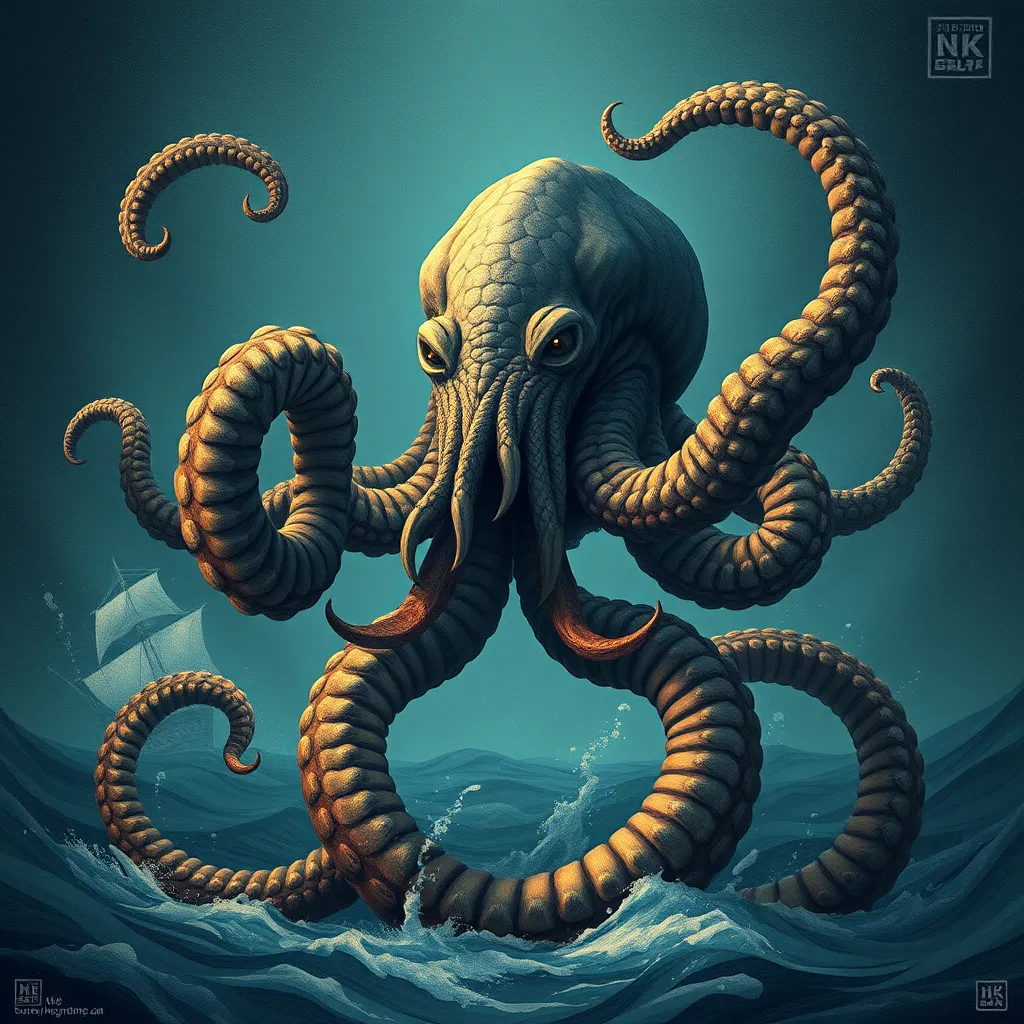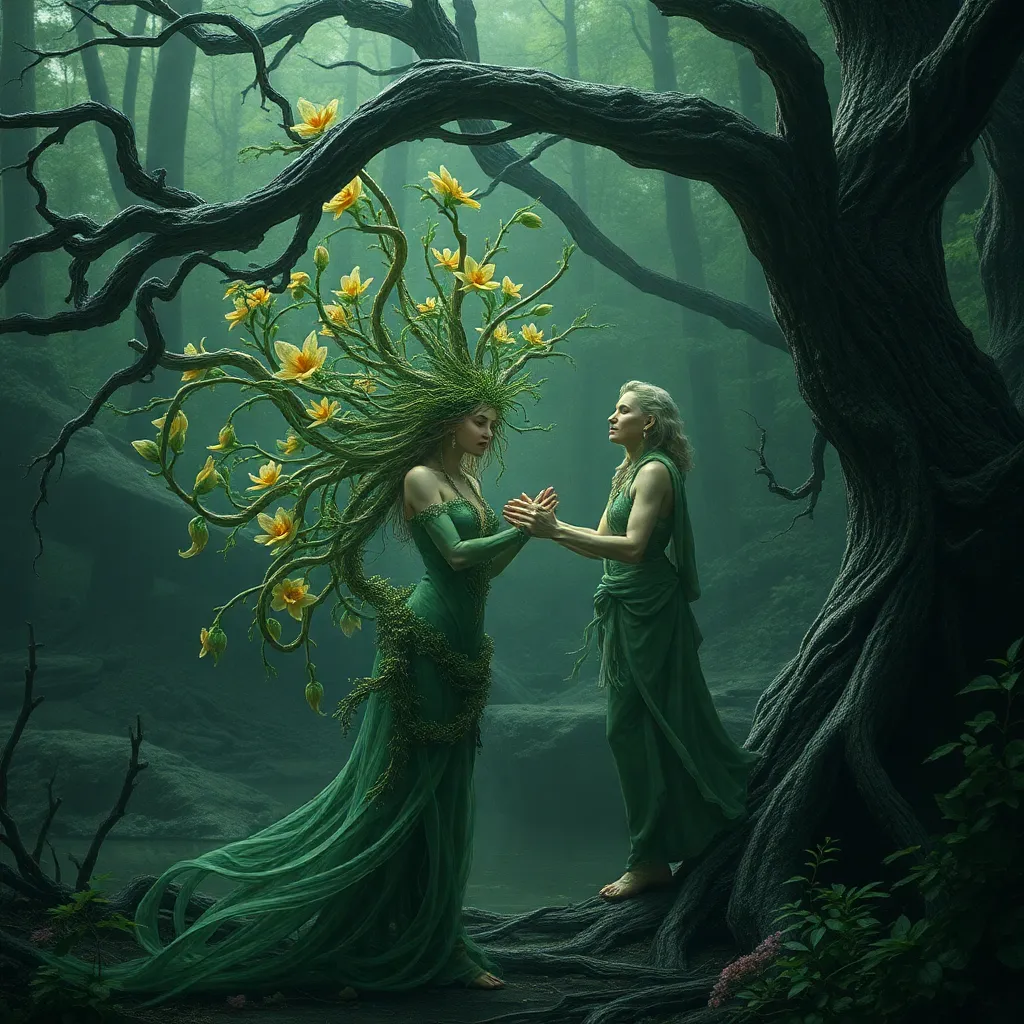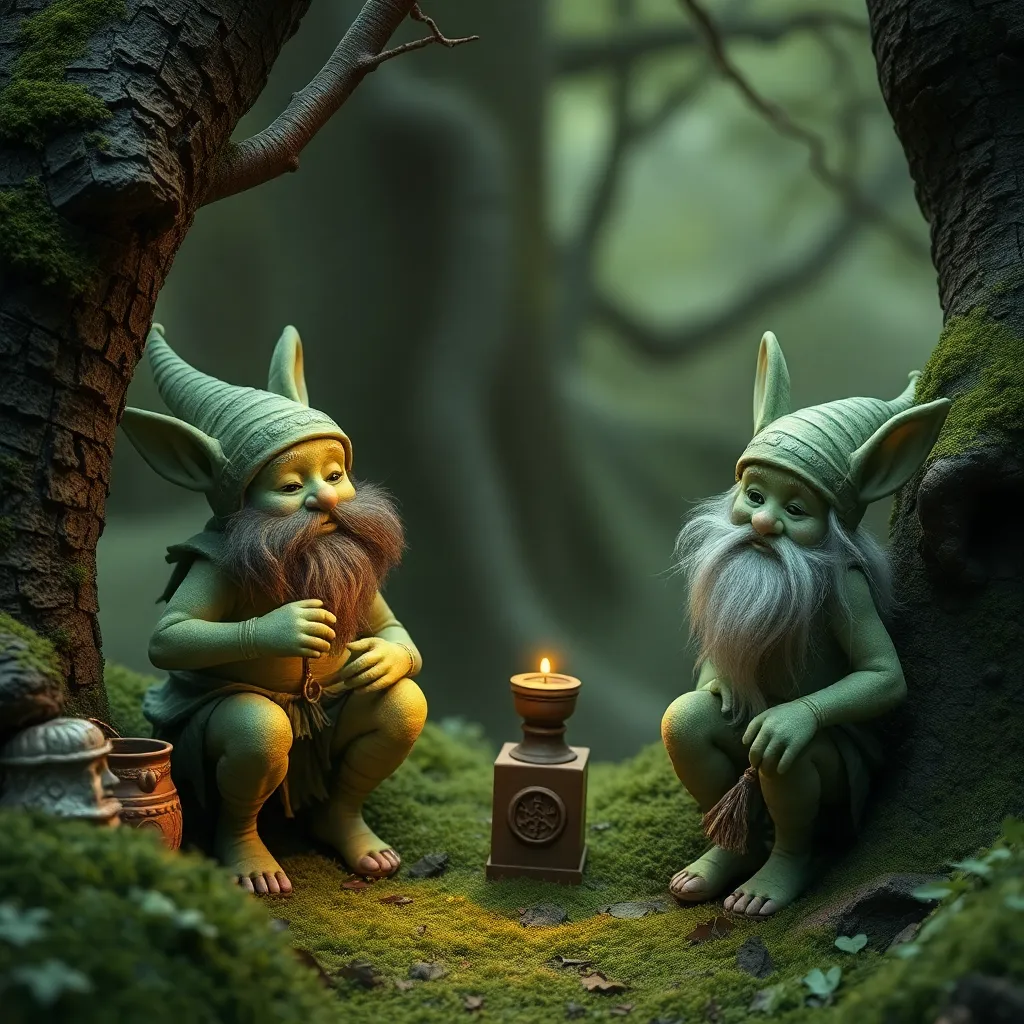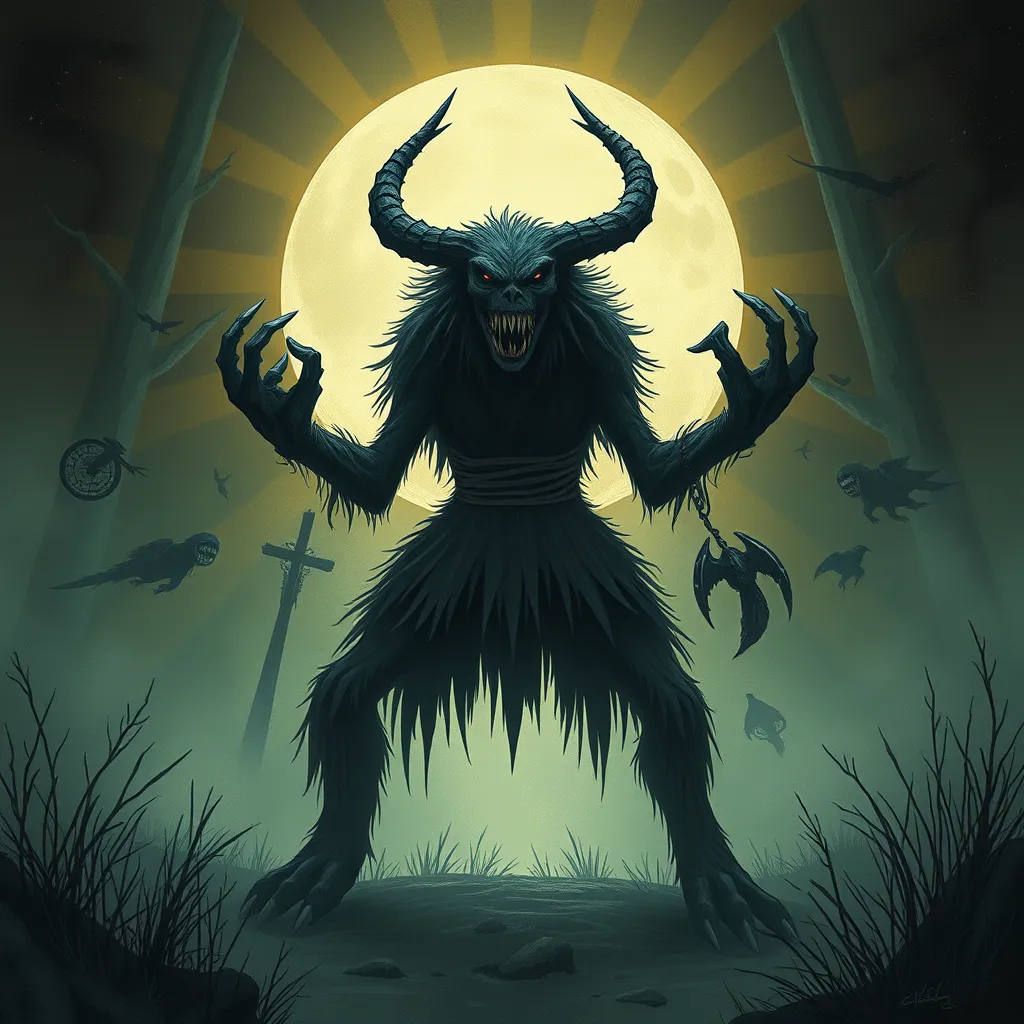Kraken: From Sea Monster to Literary Symbol
I. Introduction
The Kraken, a legendary sea monster, has captured the imagination of people for centuries. Its origins lie in the folklore of Scandinavian sailors, where it was often depicted as a giant cephalopod that terrorized ships and devoured sailors. Over time, the Kraken has evolved from a fearsome myth into a powerful literary symbol, representing various themes and human fears.
This article aims to explore the historical origins of the Kraken, its representations in literature, its impact on popular culture, and the symbolism associated with this enigmatic creature. Through this exploration, we will shed light on the Kraken’s journey from folklore to a significant cultural icon.
II. Historical Origins of the Kraken
The Kraken’s roots can be traced back to the rich tapestry of Scandinavian folklore. Sailors’ tales often spoke of enormous sea creatures lurking beneath the waves, ready to attack unsuspecting vessels.
A. Early references in Scandinavian folklore
One of the earliest documented references to the Kraken can be found in Francesco Negri’s 1700 account, where he described a monstrous creature off the coast of Norway. Local fishermen spoke of a beast that could drag entire ships into the depths of the ocean.
B. The Kraken in maritime culture and sailors’ tales
- Sailors often used the Kraken to explain the disappearance of ships and crew.
- The myth served as a cautionary tale about the dangers of the sea.
- Descriptions of the Kraken varied, with some depicting it as a giant octopus, while others imagined it as a colossal squid.
C. Influence of the Kraken on the perception of the sea
The Kraken contributed to the growing mythology surrounding the ocean, a place of mystery and danger. This creature became a symbol of the unknown, mirroring humanity’s fears of what lies beneath the waves.
III. The Kraken in Literature: Early Representations
The Kraken’s literary presence began to solidify in the 19th century as authors began to explore its symbolism and significance.
A. The Kraken in classic literature: examples and analysis
One of the most notable early representations of the Kraken in literature is Alfred Lord Tennyson’s poem “The Kraken,” published in 1830. Tennyson portrays the creature as a dormant giant, waiting to rise from the depths and wreak havoc:
“Below the thunders of the upper deep; / Far, far beneath, in the abysmal sea, / His ancient, dreamless, uninvaded sleep / The Kraken sleepeth: faintest rays of light / Fall, like a blessing, on his slumbering night.”
B. Symbolism of the Kraken in the context of human fears and the unknown
The Kraken represents humanity’s fear of the vast and unexplored ocean. It embodies the terror of the unknown, a reminder of nature’s power and the limits of human understanding.
C. Notable authors and works featuring the Kraken
- Jules Verne’s “20,000 Leagues Under the Sea” features a giant squid that echoes the Kraken’s mythos.
- H.P. Lovecraft’s works often feature monstrous sea creatures, drawing inspiration from the Kraken.
IV. The Kraken in Modern Literature
In contemporary literature, the Kraken continues to evolve, being reinterpreted and adapted in various ways.
A. Contemporary interpretations and adaptations of the Kraken
Modern authors often use the Kraken to explore themes of environmentalism, existential dread, and the struggle against nature. The creature is no longer just a monster but a complex symbol that resonates with contemporary issues.
B. The Kraken as a metaphor in modern storytelling
Writers use the Kraken as a metaphor for various societal fears, including:
- The unpredictability of nature.
- The consequences of human actions on the environment.
- Inner turmoil and personal demons.
C. Case studies: significant modern works that feature the Kraken
In recent years, works like “The Deep” by Alma Katsu and “The Kraken” by K.J. Parker have featured the creature prominently, exploring its multifaceted symbolism and relevance in today’s world.
V. The Kraken Beyond Literature: Influence in Popular Culture
The Kraken’s influence extends beyond literature into various forms of media and popular culture.
A. The Kraken in film, television, and video games
The Kraken has appeared in numerous films and television shows, such as:
- “Pirates of the Caribbean: Dead Man’s Chest,” where it serves as a fearsome antagonist.
- The animated series “SpongeBob SquarePants,” which features a comedic interpretation of the creature.
- Video games like “Sea of Thieves,” where players can encounter the Kraken as a formidable foe.
B. The creature’s role in shaping popular culture and media narratives
The Kraken has come to symbolize not only the dangers of the ocean but also the allure of adventure and the unknown. It serves as a narrative device that challenges characters and drives plots forward.
C. Merchandise and the commercialization of the Kraken motif
The Kraken motif has been commercialized in various forms, including:
- Merchandise such as toys, clothing, and home decor.
- Branding for drinks like “Kraken Rum,” which play on the creature’s fearsome reputation.
VI. Symbolism and Themes Associated with the Kraken
The Kraken is a rich symbol, embodying various themes that resonate deeply within human culture.
A. The Kraken as a representation of nature’s power and unpredictability
The creature symbolizes the raw power of nature, reminding us of the ocean’s vastness and the dangers it holds. This theme is particularly relevant in discussions about climate change and environmental degradation.
B. Themes of isolation and existential dread linked to the Kraken
Many narratives featuring the Kraken evoke feelings of isolation and existential dread, highlighting humanity’s vulnerability in the face of nature’s might.
C. The duality of the Kraken as both a monster and a misunderstood creature
While often portrayed as a terrifying monster, the Kraken can also be seen as a misunderstood creature, representing the fear of the unknown and humanity’s tendency to demonize what it does not understand.
VII. The Kraken in Contemporary Discussions
In modern discourse, the Kraken serves as a metaphor for various societal issues and fears.
A. The Kraken as a metaphor for modern societal fears
As global issues such as climate change and political instability rise, the Kraken symbolizes the overwhelming fears and uncertainties that many people face today.
B. Environmental implications: the Kraken as a symbol for oceanic conservation
The Kraken has also become a symbol for oceanic conservation efforts, representing the need to protect the fragile ecosystems of our oceans.
C. The Kraken in the context of global issues and cultural narratives
In a world facing numerous challenges, the Kraken serves as a reminder of the interconnectedness of life and the importance of respecting the natural world.
VIII. Conclusion
Throughout history, the Kraken has transformed from a fearsome sea monster of folklore into a complex literary symbol and cultural icon. Its journey reflects humanity’s evolving relationship with the ocean, nature, and the unknown.
As we continue to grapple with modern fears and challenges, the legacy of the Kraken remains relevant, serving as a powerful reminder of the power of nature and the importance of understanding and respecting it. The Kraken will undoubtedly continue to inspire the human imagination and shape cultural discourse for generations to come.



